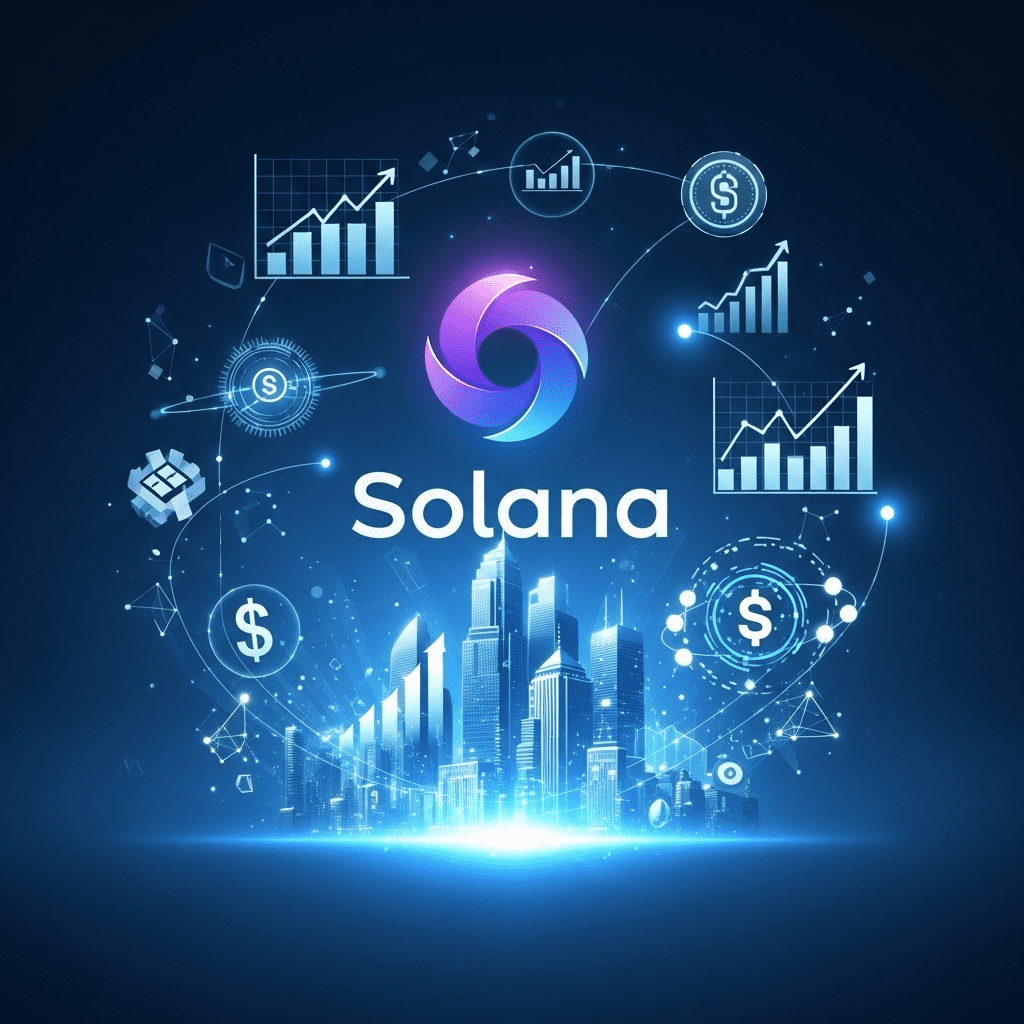As digital assets mature and companies search for strategic diversification, it’s becoming clear that it’s Solana’s turn to fill the corporate crypto war chest. With institutional adoption ramping up and the narrative shifting beyond Bitcoin and Ethereum, Solana is emerging as a preferred blockchain for organizations looking to bolster their financial reserves and embrace new opportunities in decentralized finance.
Why It’s Solana’s Turn to Fill the Corporate Crypto War Chest
Over the past few years, large corporations have gradually increased their exposure to cryptocurrencies, primarily focusing on Bitcoin and Ethereum as treasury assets. However, as those markets mature and volatility steadies, forward-thinking firms are considering alternatives that blend innovative technology, robust scalability, and real-world utility. Solana fits this evolving mandate, offering lightning-fast transaction speeds, low network fees, and a rapidly expanding ecosystem that supports everything from NFTs to next-generation payment protocols.
Corporates are increasingly keen to hedge fiat risk and inject digital assets into their balance sheets. As a result, Solana’s unique value proposition is positioning it as the next logical addition for companies looking to diversify beyond traditional layer-1 investments. The move toward Solana marks a strategic shift reminiscent of the early days when Bitcoin first appeared on public company balance sheets—only now, the focus is on performance, interoperability, and ecosystem growth.
How Solana Captures Institutional Attention
Solana’s meteoric rise is driven by its vibrant developer community and high-throughput network, catering to use cases ranging from DeFi protocols to tokenized assets. This speed and efficiency have not gone unnoticed in boardrooms, where finance chiefs are increasingly evaluating blockchain assets for treasury management, international settlements, and payment innovations. Companies seeking investment insights are closely analyzing Solana’s on-chain activity, which consistently ranks among the highest in transaction volume in the industry.
Solana’s tech stack also appeals to enterprises due to its robust security features and energy efficiency, making it a sustainable choice compared to other blockchains. These attributes lower barriers to entry for organizations hesitant about the environmental implications of crypto adoption, as well as those demanding rapid settlement finality for operational continuity.
Current Trends in Crypto Treasury Diversification
The shift toward Solana is part of a broader trend in crypto treasury diversification. Post-2022, when many companies endured crypto market turbulence, treasurers are now more diligent in their due diligence, assessing smart contract safety, community support, and long-term viability before making sizeable allocations. Recent on-chain data suggests that institutional wallets holding Solana are at an all-time high, underscoring confidence in its ecosystem resilience.
In addition, major moves such as regulatory clarity in several jurisdictions are allowing public companies, fintech firms, and even some regional banks to add Solana to their digital asset baskets. These players aren’t just holding Solana; they’re building applications, running validators, and integrating Solana-based products to access new customer segments and revenue streams. For more on these emerging developments, our readers can explore the crypto market outlook.
Broader Implications for the Corporate Crypto Landscape
Corporations adding Solana to their war chests signals a new era for enterprise blockchain strategy. This adoption is expected to spur even greater network innovation, accelerate partnerships with legacy financial institutions, and catalyze interoperability initiatives between Solana and other protocols. It also intensifies competition among layer-1 blockchains vying for enterprise integration, underscoring the importance of speed, scalability, and composable infrastructure.
Experts predict that Solana’s presence in corporate treasuries will inspire new custody and compliance solutions tailored for institutional investors. Already, several digital asset custodians are rolling out Solana-specific treasury services in response to increasing demand, a topic frequently explored in our corporate finance strategy resources.
Conclusion: The Dawn of a New Corporate Treasury Era
With it being Solana’s turn to fill the corporate crypto war chest, organizations are moving beyond first-generation blockchain bets to embrace assets built for scalability, efficiency, and future innovation. As more enterprises join the Solana ecosystem, its impact is likely to expand—reshaping company balance sheets, advancing digital asset adoption, and accelerating the evolution of the global financial system in 2025 and beyond.
